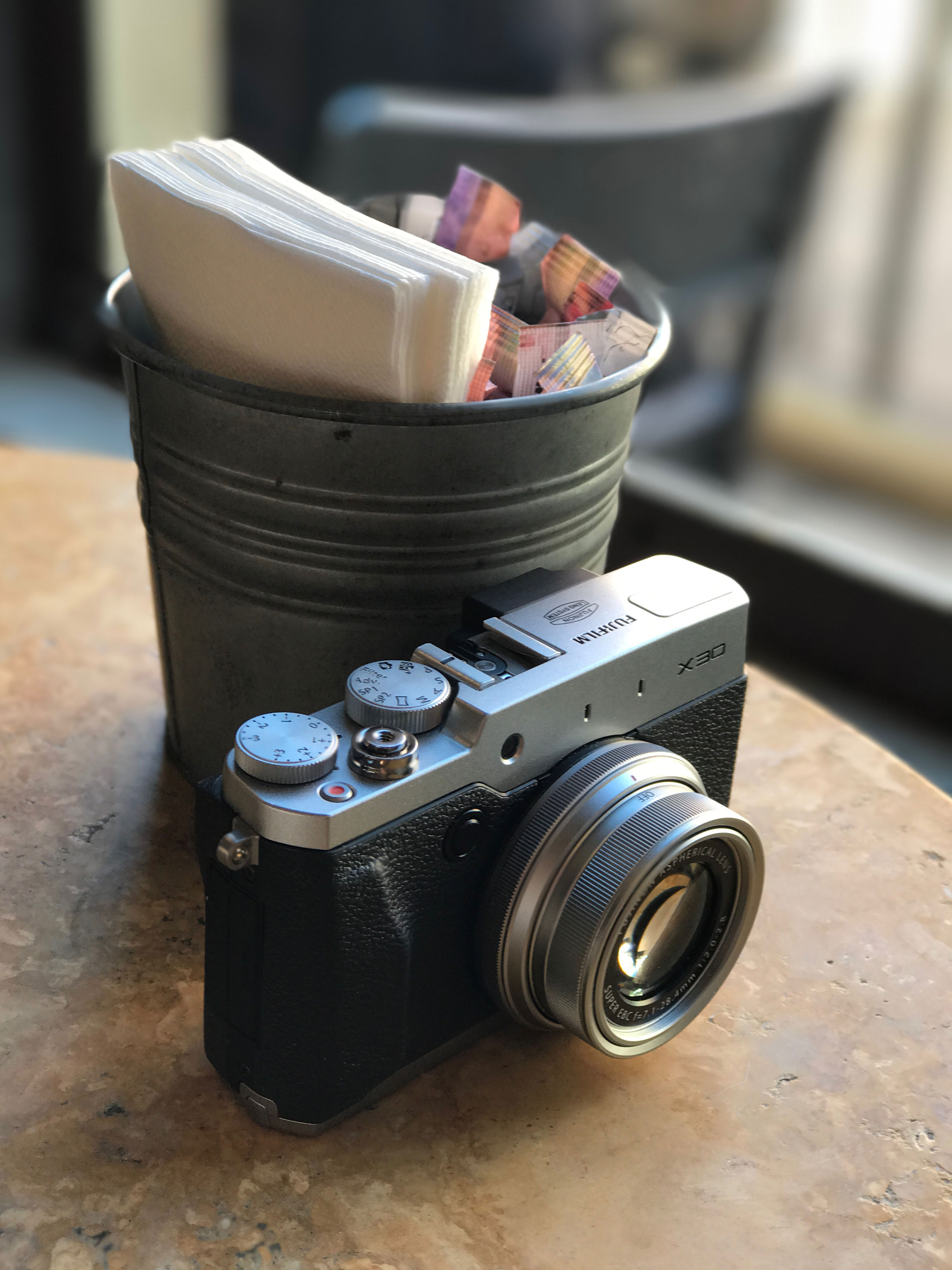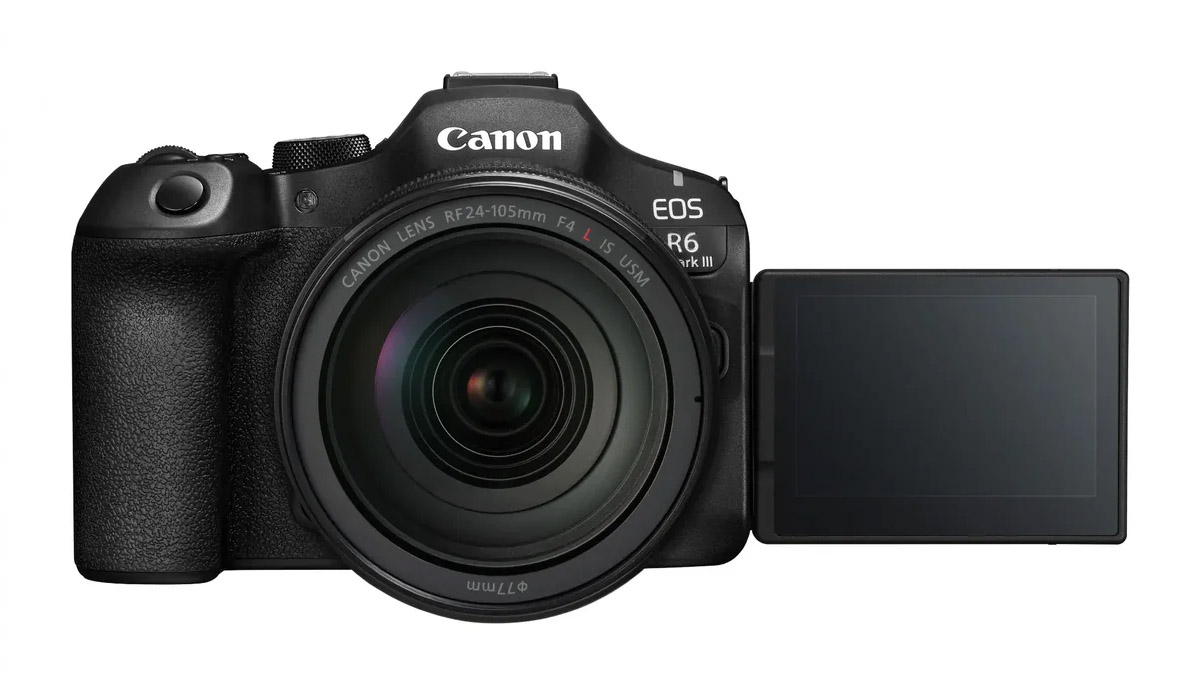Why I think the Fujifilm X30 is the best compact camera EVER
And you probably haven’t even heard of it, right?

The Fujifilm X30 (NOT to be confused with the X-T30) was a high-end compact camera from the days when Fujifilm still made cameras like this. Sure, Fujifilm still makes the X100V (and I’ve got one of those too), but the X30 was (and still is) a small, practical, versatile camera you could take anywhere.
Sure, it’s got limitations. The 2/3-inch sensor will put a lot of people off, so it's not even as big as the 1-inch sensors in today’s ‘proper’ compact cameras. The resolution is just 12MP too – though we seem happy enough with that in a smartphone, so why not here? It can’t shoot 4K either – the X30 was launched WAY back in 2014, when 4K wasn’t even a thing.
But there is a lot that is great about this camera too.
What is great about the Fujifilm X30
For a start, it has an X-Trans sensor and hybrid contrast/phase detect AF. What, even back then? Yes indeed. It also shoots RAW files with plenty of recoverable dynamic range and has a good selection of Fujifilm Film Simulation modes.
In fact it turns out the sensor’s size and resolution hits something of a sweet spot. You can push the ISO a little without losing a heap of image quality, but you often didn’t need to because the small(ish) sensor meant that Fujifilm could add on a fast little lens.
There are people who say they don’t make cameras like they used to. Well, they don't, and we’re all the worse off for that.
Ah yes, the lens. It’s a 4x 28-112mm equivalent zoom with an f/2.0-2.8 maximum aperture. I wish it went just a little wider (24mm maybe), but it’s still a useful range, and the combination of the fast lens and optical stabilization makes it pretty handy in low light, despite the smaller sensor.
There’s more to like about this lens beyond its fast maximum aperture and 4x zoom range. It’s compact, even at full zoom, and it retracts into the camera body when you switch the camera off.
The best camera deals, reviews, product advice, and unmissable photography news, direct to your inbox!
But it’s not a power zoom. It’s a mechanical zoom mechanism that’s beautiful to use, that retracts the lens when you turn it past a detent at 28mm AND turns the camera off and on again.
The X30 is a rarity amongst compact cameras – it operates physically, not via vague and sluggish buttons and electronic actuators.
The rear screen is not vari-angle but does tilt, and there’s an EVF too, with a resolution of 2.36m dots, which isn’t bad, even now.
The X30 is about the size of a small MFT camera, has premium build quality and handles like a dream. It’s got all the auto/manual controls you could ask for, and space for them to be a decent size, and a customizable control ring round the lens. It’s the perfect size and weight to carry around with a wrist strap.
In fact this camera has been all over Europe with me and I will still reach for it when I need a grab-and-go camera. It doesn’t have the resolution, the interchangeable lenses or the 4K video of a modern mirrorless camera (and I’ve got those too), but they don’t have its size, speed, simplicity and charm.
There are people who say they don’t make cameras like they used to. Well, they don't, and we’re all the worse off for that.

Rod is an independent photography journalist and editor, and a long-standing Digital Camera World contributor, having previously worked as DCW's Group Reviews editor. Before that he has been technique editor on N-Photo, Head of Testing for the photography division and Camera Channel editor on TechRadar, as well as contributing to many other publications. He has been writing about photography technique, photo editing and digital cameras since they first appeared, and before that began his career writing about film photography. He has used and reviewed practically every interchangeable lens camera launched in the past 20 years, from entry-level DSLRs to medium format cameras, together with lenses, tripods, gimbals, light meters, camera bags and more. Rod has his own camera gear blog at fotovolo.com but also writes about photo-editing applications and techniques at lifeafterphotoshop.com

